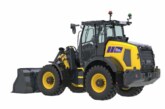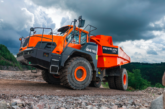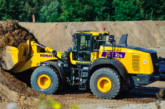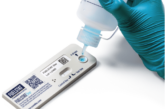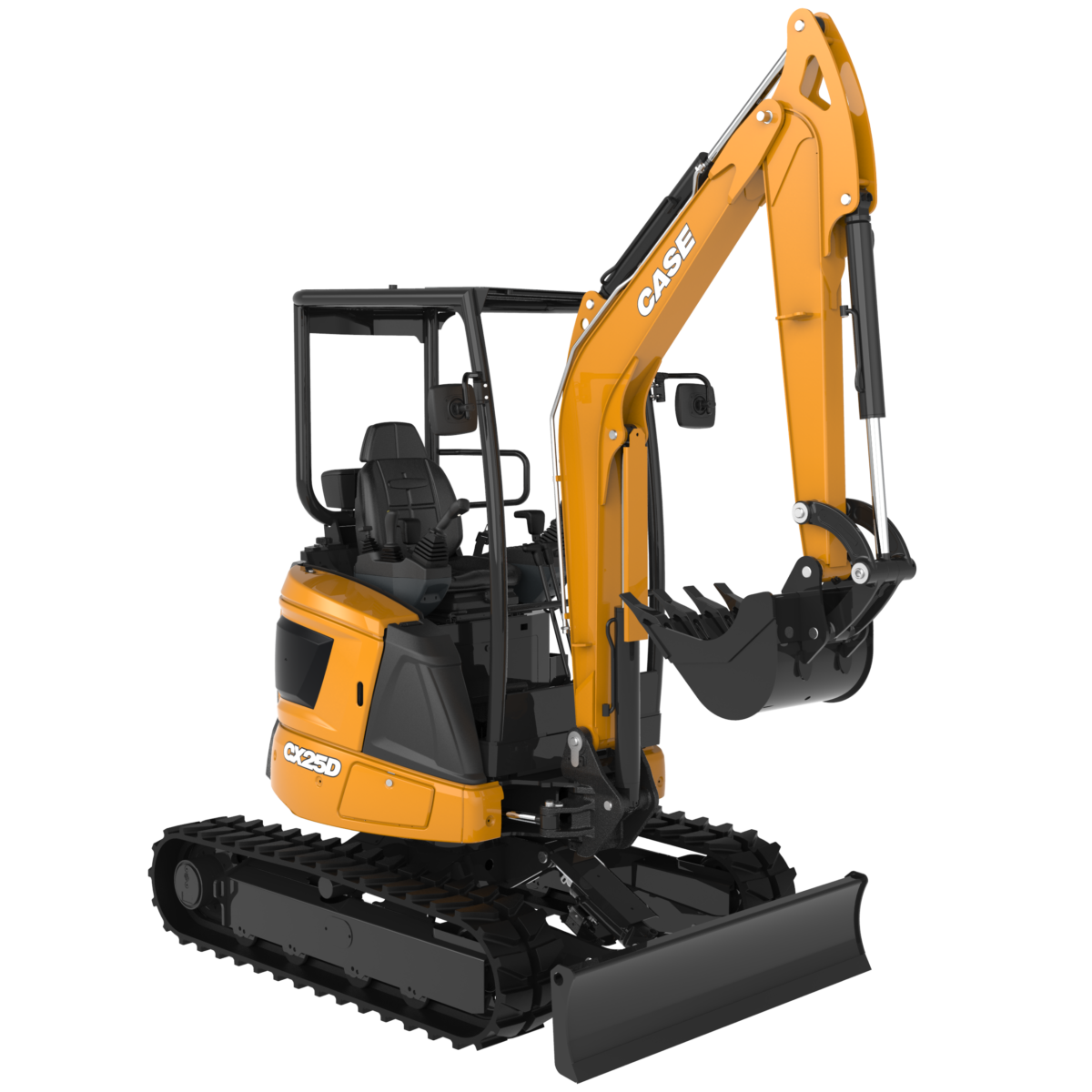
ON THE CASE
Construction Plant News puts the questions to CASE on the new D-Series mini excavator range
Q. How many machines are now in the D-Series mini excavator line-up and what’s the weight range?
There are now 20 models across the range – 18 diesel and two electric – between 1 and 6 ton
Q. Can you tell us about the two new battery electric models?
The CX15EV is the first of two electric models. It is a zero-emissions hydraulic excavator which features a 21.5 kWh lithium-ion battery with 100% electro-hydraulic controls, up to 16kW of peak power, an extendable undercarriage, rubber tracks, a dozing blade, a comfortable operator station with roll-over protective structure, a boom and an arm to which an array of different attachments can be fitted.
Its battery autonomy and recharge times is highly competitive: from 4 continuous and intensive hours to an entire workday, depending on the workload, and there are 2 charging options: either with a 220V on-board system in 10 hours, or with a 380V off-board fast charger in 1.5 hours.
This means that an operator can quickly recharge the machine over lunch break and finish even the most power demanding job during the working day.
The CX15EV is fully green. Not only because of the electric power supply, but also because it uses bio-hydraulic as standard, and cobalt-free batteries, which means eco-friendliness, reliability and safety.
Q. The benefits of electric models in terms of zero emissions and noise levels are now well known but is there any improvements over diesel equivalents in terms of power and operator control?
CX15EV features the same ultra-compact dimensions of its diesel equivalent (CX14D), the same stability and equivalent engine torque, but higher peak engine power (up to 16kW vs 8,8kW), which is equivalent to a 2-ton diesel engine MHEX.
It is fully electro-hydraulic and, through its electronic display, it is possible to personalise each single movement of the machine independently – a characteristic that makes this model fully customisable according to application and operator skills and preferences.
This is a significantly higher technology vs equivalent diesel models which feature servo-hydraulic joysticks + electro-proportional roller switches controlling boom swing and auxiliary circuits.
Engine speed is controlled by selecting one of the three available work modes:
Power (P): max 2,800 rpm
Standard (S): max 2,600 rpm
Eco (E): max 2,400 rpm
As a result, there’s no need to have a throttle.
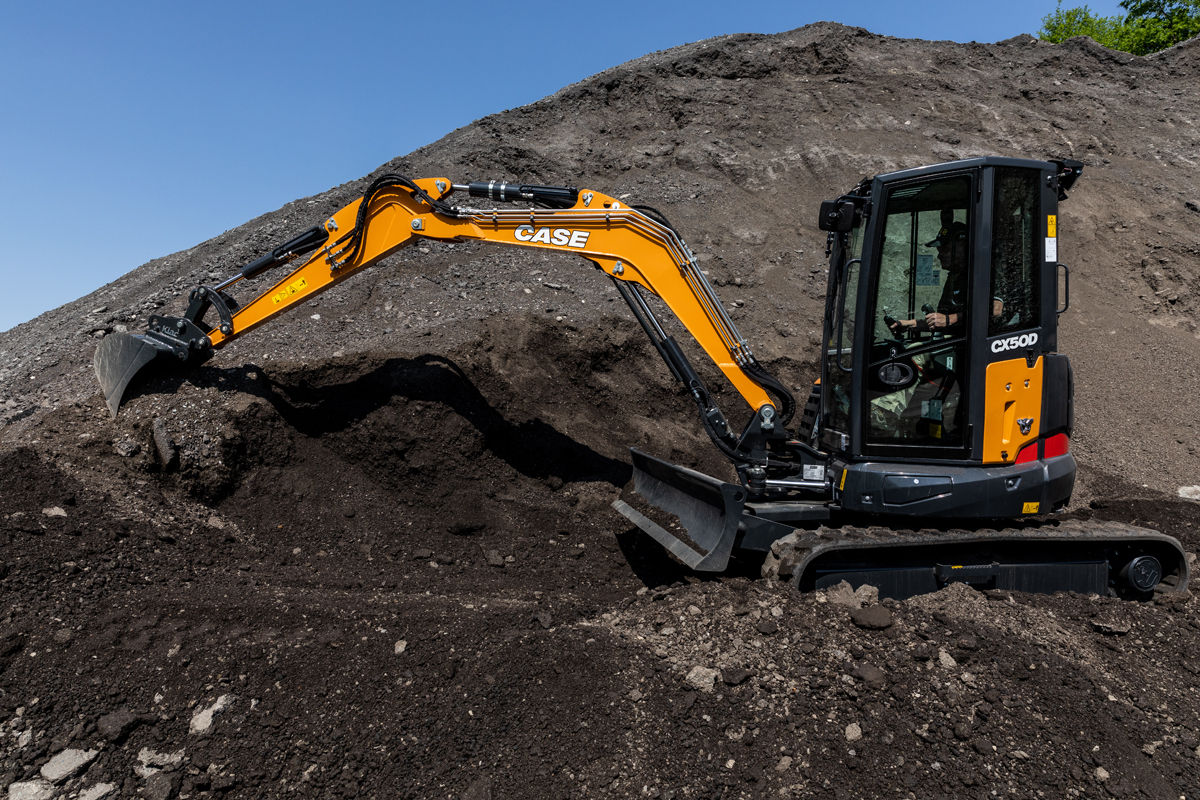
Q. Do you think contractors and hirers have fully considered the cost saving implications of reduced levels of maintenance and replacement parts in battery powered equipment?
The cost saving implications go beyond the basic concept that electric motors have fewer parts than diesel engines – with maintenance and repair costs greatly reduced.
In fact:
- The battery does not require any routine maintenance and is internally protected from overcharging
- It provides great accessibility to battery/electric motor compartment thanks to tiltable seat (on CX15EV)
- It features the most advanced technology in terms of power demand management on the market. Unlike competitor machines, CX15EV uses no energy at all when it is in stand-by since no oil circulates through the system until a joystick or lever is actioned.
- What impact has the end of the red diesel rebate had on the adoption and interest in electric solutions?
A big impact. There has been a boost in the past 2-3 years for all construction equipment OEMs to find an alternative to diesel. Electric construction equipment is not really a novelty of the last few years; we have seen concepts quite early, but now every single OEM is offering, or going to offer, alternative propulsion models.
For mini excavators electric technology is a great fit. What will make the difference in this race between OEMs will be the time to market to deliver a performing machine with adequate autonomy and fast charging to allow customers to get the job done. We believe that with our CX15EV and CX25EV we can compete at the front of this race.
Q. What other options are available? Ie zero tail swing, retractable tracks, cab or canopy, two-piece boom, cameras and work lights?
The D-Series line-up has a great deal of smart and high technological features.
Here is a list with a few of the most important:
- 12 Zero-Tail swing models, covering all segments
- Best in the industry offering of 2 piece-boom models: 4 starting from 2 ton
- Up to 3 auxiliary circuits with electro-proportional controls which make these models extremely versatile to mount a great variety of quick couplers and attachments offered ex-factory or through Case After Market services.
- Mulcher provision with a dedicated pump which can grant constant independent flow to the attachment, plus a direct drainage to tank
- 9 models with extendable undercarriage
- Comfort of the Cab version offered starting from CX17D, quite unusual in the industry for machines of this size
- Canopy version offered up to CX35D
- Air Conditioning offered as early as the 2,2 ton model: CX22D
- 2 arm lenghts
- LED working lights
- Rear-view cameras from CX42D to CX65D
…and much more to be discovered.
- Which models would you identify as rental spec and those suitable for owner/operators?
For rental the main European segments are the 1 ton (where we offer the CX12D), the 1.8 ton (where we offer CX17D and CX18D), the 2.5 ton (where we offer the CX25D), the 3.5 ton (where we offer the CX35D) and the 5 ton (where we offer the CX50D).
I also believe that the electric machines can be a great fit for rental in particular in those countries in which sustainability is a paramount for contractors to be able to apply and work for any jobs inside cities. It is not a coincidence, in fact, that we have started with a 1,5 ton and a 2,5 ton to develop alternative propulsion models.
For further information on the CASE D-Series range visit www.rdr.link

